|
So Iguazu Falls hey. It's been on my bucket list for years now, but it was only once we started researching this trip, that I seriously looked into the logistics of it. I'll keep the geography to a minimum here but having said that, it is a necessary starting point. At the same time, I should probably also mention, that this is my first informative blog (well I'll try to be) rather than the usual this-is-what-we-did-today style, so hopefully this might help anyone planing a trip to Iguazu in the near future! The Iguazu River (Rio Iguazzu in Spanish) forms the border between Brazil and Argentina in South America. While the majority of the Iguazu River is in Brazil, perhaps for border convenience, the point of the river that forms Iguazu Falls is also a brilliant and dramatic meeting point for the two countries. What makes this region even more spectacular is that just a few kilometres down river from the falls, is the "Triple Frontier" where the Iguazu and Parana Rivers converge and more importantly, form a meeting point for the countries of Brazil, Argentina and Paraguay. Each country has erected an obelisk to signify their country and from each obelisk, tourists can view the other two bordering nations. Besides the fact that the overall scene is not entirely attractive, (pretty damn boring if you ask me!) this really is quite a unique view! So, back to where we started. What is the difference between Iguazu and Iguaçu? Well, as we have recently discovered (much to our disgust) while the official language of Argentina is Spanish (which we were getting REALLY good at), unfortunately for us, the official language in Brazil is Portuguese. So considering the river has two banks, each in a different country, the real, black and white difference is the most obvious, the spelling! Ok so having said that, there is so much more beneath the surface. The truth is that Iguazu and Iguacu are actually two completely different locations. Puerto Iguazu is the town nearest to Iguazu National Park in Argentina AND Foz Do Iguaçu is the town closest to Iguaçu National Park in Brazil. There is so much more to these places than a simple difference in language, Visa requirements and a short border crossing! The opposing sides of this incredible region offer a completely different view, opinion and overall experience of this two-in-one UNESCO World Heritage Site. Let's start - as Wade and I did - with Puerto Iguazu, the tourist town providing access to the Argentinian side of Iguazu Falls. Puerto Iguazu in June, is a sleepy town with a few sealed but mainly cobbled or unsealed roads. It has two main streets, each with plenty of souvenir shops and restaurants which eventually become pubs or dance clubs late at night. The rest of the town has a safe, quiet feel to it. The people are friendly, the hotel staff extremely hospitable and compared to our recent destination of Buenos Aires, there are plenty of well-priced and bargain meals to be found around town. The local kiosk will even hand-write a receipt, on a scrap piece of newspaper, for the $5 deposit you paid to take home the local beer that comes in returnable bottles! In all honesty, I can't imagine any foreigner visiting Puerto Iguazu without the main purpose of visiting the Argentinian Iguazu National Park. Thanks to the geography of Iguazu Falls, Argentina has been lucky enough (in my humble opinion) to claim over 70% of the waterfalls that make up the collective Iguazu Falls. The bus trip to the park entrance of Iguazu National Park took around 20 minutes. The drive was reasonably uninteresting and we arrived soon enough at a small, nondescript roundabout. When we stepped off the bus, Wade and I approached a row of ticket windows, when before long, we realised they were completely unstaffed. We somehow led the small crowd of 10 people towards the next section of ticket windows where we purchased our one-day National Park passes. We wandered aimlessly through the barren entry gates and ensuing maze of paths, following the map on the tourist brochure which was completely different to the one sign-posted around the park. When we found ourselves at "Central Station" we were pleasantly surprised that the light rail running from the park entrance to the next two major destinations was not only free, but also provided shelter from the sprinkling rain. On a side note, the train was a nice touch, both for the impact on the environment and also to make the walks accessible to the elderly or anyone with physical impairment. However on our return, we realised it was much quicker to take the walking track through the swampy marsh area and do a bit of wildlife spotting on the way, than it was to wait for the very intermittent train departures. We took the train to the second (and last) stop, known as Gargantua Diablo (the Devils Throat) and the pinnacle of Iguazu Falls. The boardwalk to the Devils Throat is 1.3km across wide rushing rivers and small sections of wildlife filled islands. We were lucky enough to cross one of the boardwalks with a small family of Coati's, the large squirrel cross racoon type animals found in this area! Photo: Coati's crossing the boardwalk towards the Devils Throat in Iguazu National Park Before arriving at the Devils Throat, the thundering sound of the waterfalls fills your imagination with what is ahead of you, however no dreams could possibly prepare you for the sight ahead. The slippery metal boardwalk leads the crowd, quite metaphorically into the Devils Throat of Iguazu Falls. The spray from the falls rises high enough to look like a smoke stack and it is only once you get close enough to feel the water on your face that you realise just what this white mist is. It is 1700 cubic metres of water per second plummeting over a 150m high drop. And that is only on average. Wade and I just happened to be in Iguazu in the middle of a week long downpour. The volume of water was hugely compounded and we were none the wiser! Photo: Standing on the edge of the Devils Throat, the main attraction at Iguazu Falls Upon walking away from the Devils Throat, we thought we'd seen it all. But we had not even seen half of what the Argentinian side of Iguazu had to offer. Islands have been carved out of the landscape from centuries of water gushing through this hard rock. These islands have caused over 150 waterfalls to form with the Devils Throat being the widest and having greatest volume of water flow, but in many ways, it is not the most spectacular. The lower boardwalks weave their way through rainforest past fast flowing rivers which soon become gushing waterfalls. Before long, you have seen enough waterfalls to last a lifetime..... or so you might think. Photo: Just a few shots from the many waterfalls and boardwalks in Iguazu National Park The main attraction of the lower section of Argentina's natural waterpark, is getting within 20m of a thundering wall of water while being completely soaked by the seemingly light mist floating gracefully around you, before you quickly realise you are in fact standing, more or less, in a shower! It's strangely exhilarating! So, by now you MUST be wondering how Brazil could possibly compete with this experience. Well (again, this is only my opinion) in many ways it doesn't, but in others Foz Do Iguaçu National Park in Brazil, wins hands down. (if you can't already tell by now, I'm a pretty good fence sitter!) The bus and border crossing from Argentinian Iguazu to Brazilian Iguaçu takes about half an hour. Essentially all it involves is jumping on a public bus, getting off at the border for customs and immigration checks, then getting on the next bus to continue your journey into town, which is actually only 15km from your original destination! Upon arriving in Foz Do Iguaçu we were first struck by the size of the city. It is over four times the size of it's Argentinian counterpart! We were fairly hesitant disembarking the bus in the pouring rain to find our way around this new city especially seeing we had one extra hurdle to cross, a new language to fumble our way around. It also didn't help that since we arrived in South America, we have heard nothing but horror stories about Brazil and it's crime rate. Even the Australian government recently released a statement saying that if attacked in Brazil, hand over all of your belongings and most importantly "Don't scream". Apparently this just aggravates the offenders - Thanks for the advice Australia! Anyway, we managed to find our hotel easily enough thanks to plenty of research and a roughly sketched mud map prior to leaving Argentina! The only problem throughout this whole procedure in fact was the one thing we came here to witness..... the environment. It has been a long time since I have experienced rain of the magnitude we felt on our first day in Brazil. We made the executive decision to go for a short walk in the pouring rain before retreating to our hotel room like drowned rats for an evening of movies and googling any other possible options for the next day or two while this rain was expected to continue. As it turned out, we were in for two of the heaviest days of rain, thunder and lightning in this area for 2014. We set our alarms early for Monday morning because we had decided that rain, hail or shine we were heading out to see what we had come all this way to see - Parque Nacional Do Iguaçu, Brazil. Luckily, the rain had done it's job and saturated everything in sight and by Monday, we were left with a beautiful, lush green surrounding and a clear blue sky! We caught the local bus from the terminal in Foz Do Iguaçu and half an hour later, we arrived at the gates of the National Park. Our first impression here was totally different to the Argentinian side. The buildings are modern and well maintained, there was a large crowd waiting in line to buy tickets and once we had passed through the gates, we jumped on board a colourful open topped double-decker bus for the 10 minute journey to the start of the actual walking trails. Throughout the bus ride, there's commentary about the park and it's features in Portuguese, Spanish and English. The first thing you notice on this side is that rather than multiple walks of varying distance and environment, Brazilian Iguaçu offers many different paid activities (boat trips, 4wd tours, kayaking and even a helicopter flight) but as far as the walking tracks go, there really is just one path with a few little optional side tracks. This path offers multiple panoramic viewing platforms of the falls, and it is once again an incredible sight but there is only one opportunity to get up close to the falls whereas on the Argentinian side, you walk over, under and practically in the many waterfalls around you. Brazil also doesn't give you an opportunity to see any of the smaller falls like the rainforest walks in Argentina provide. As we began the walking trail, we overheard some fellow travellers conversation and vaguely picked up on the idea that the recent downpour may have changed a few things about our surroundings. Before long, this was in fact, confirmed. The rain had increased the water flow by a third and the incredible waterfall we had seen three days ago, was now an epic, thundering and more importantly, deadly looking force of nature. Due to this, my judgement of the Brazilian side of Iguaçu Falls may be slightly skewed as we missed out on multiple sections of boardwalk that would usually be the closest and most exciting sections of the much shorter, simpler walks that this side offers. Check out the photo below. There are also plenty more on the Photo Albums page of this website. 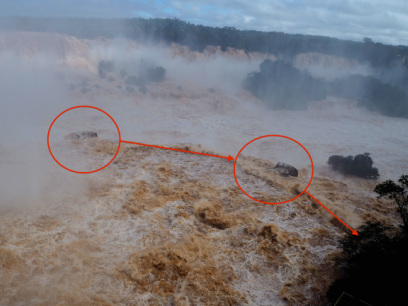 Photo: The circled sections of this photo are highlighting the lookout points on the lower boardwalk of Brazil's Iguaçu Falls National Park. These lookouts are usually 10-15 metres above the water! For good reason, this entire section of the walk was closed off and we could only view it from the elevated viewing platform some 30m above. It was still quite frightening from there! We thoroughly enjoyed our experiences on both sides of the falls and as I hope you can see from this blog, it's pretty damn hard to say whether one side is "better" than the other when really they are so different. I personally would recommend that visitors to this area, make every effort to visit both sides and make their own judgement, however, if time doesn't permit this, I felt that while the facilities are much better on the Brazilian side, the Argentinian side was far more interesting and gave a much more satisfying experience of the falls. I really hope this blog helps - even just a little - for anyone planning on visiting this incredible natural wonder. It truly is one of those places that cannot be fully described through words or photos. It needs to be experienced. So go on.... Experience it!
6 Comments
|
AuthorEnthusiastic but Useless Traveler. Archives
July 2016
Categories
All
|


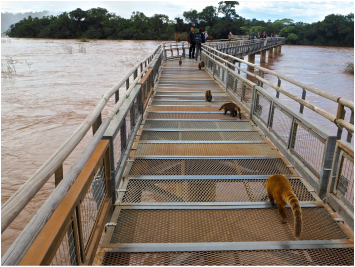
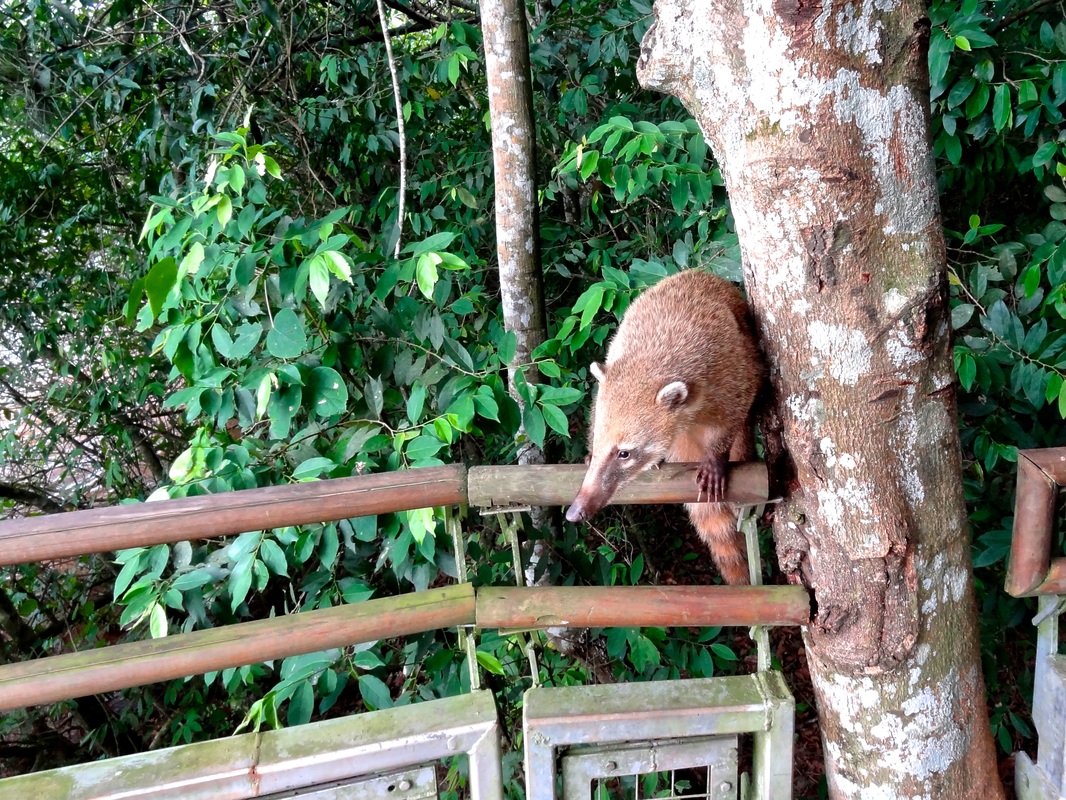
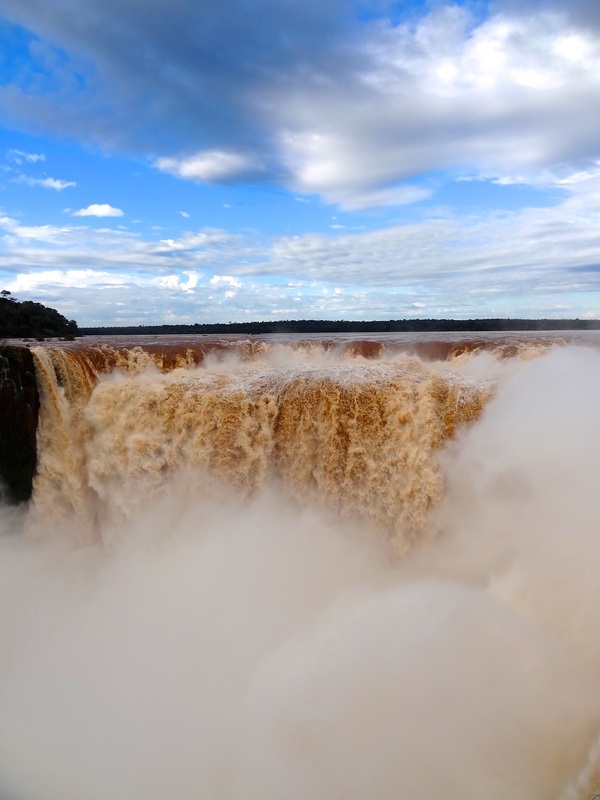
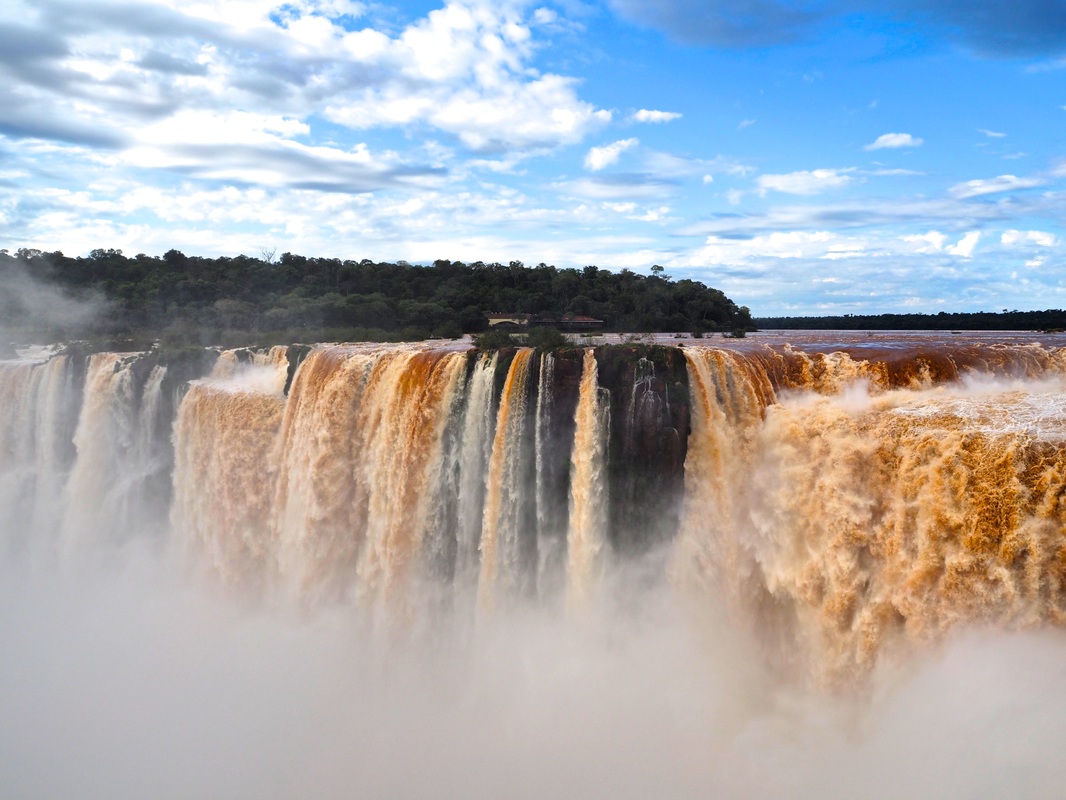
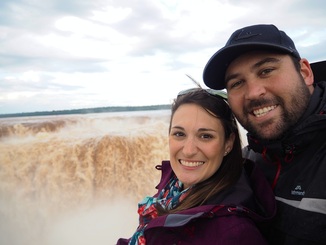
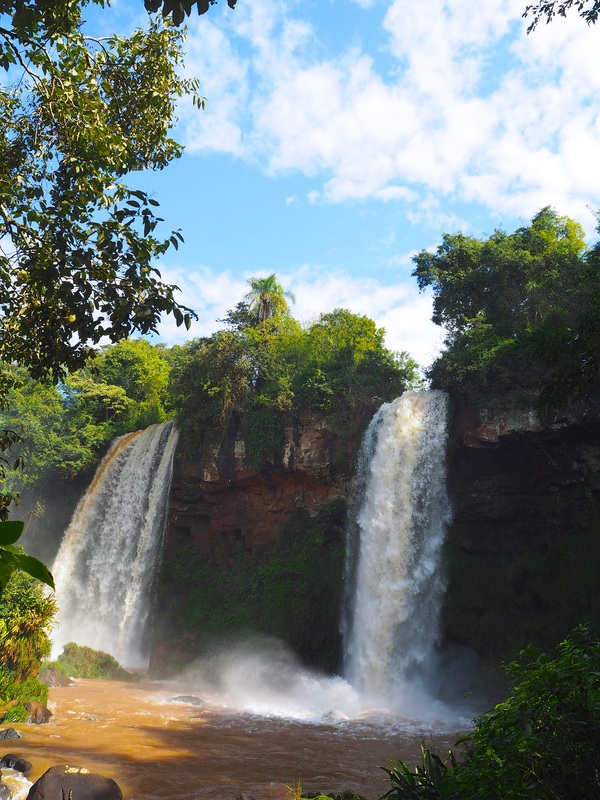
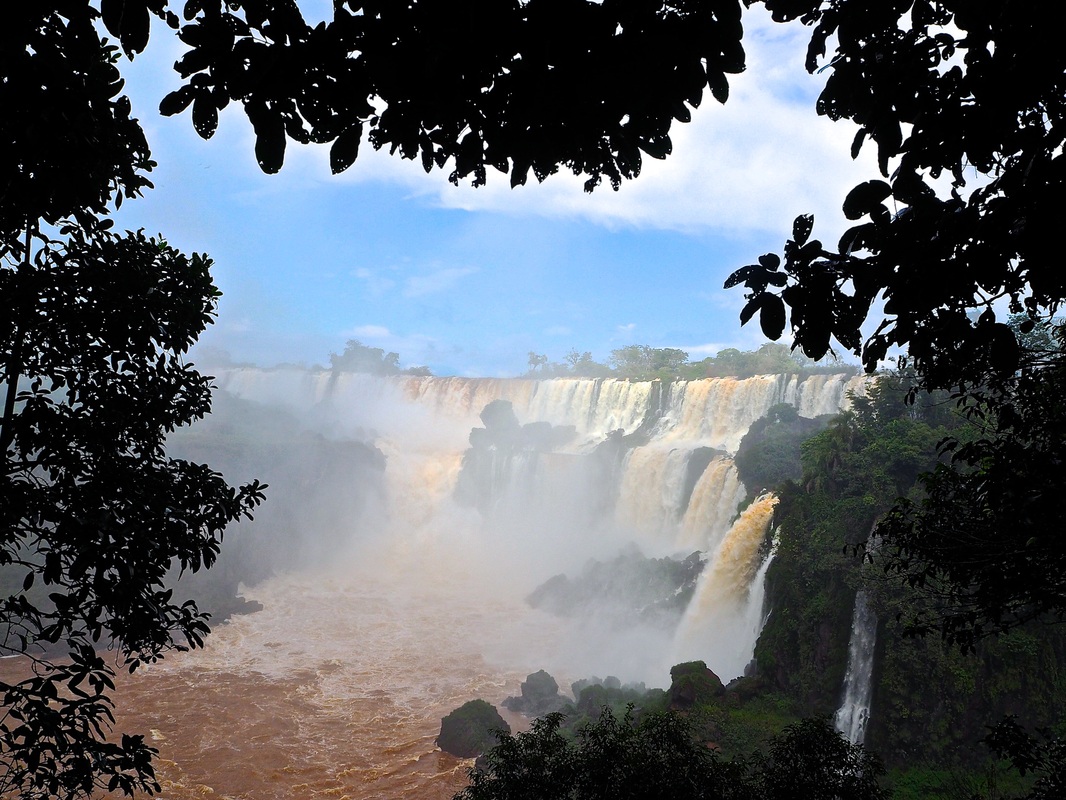
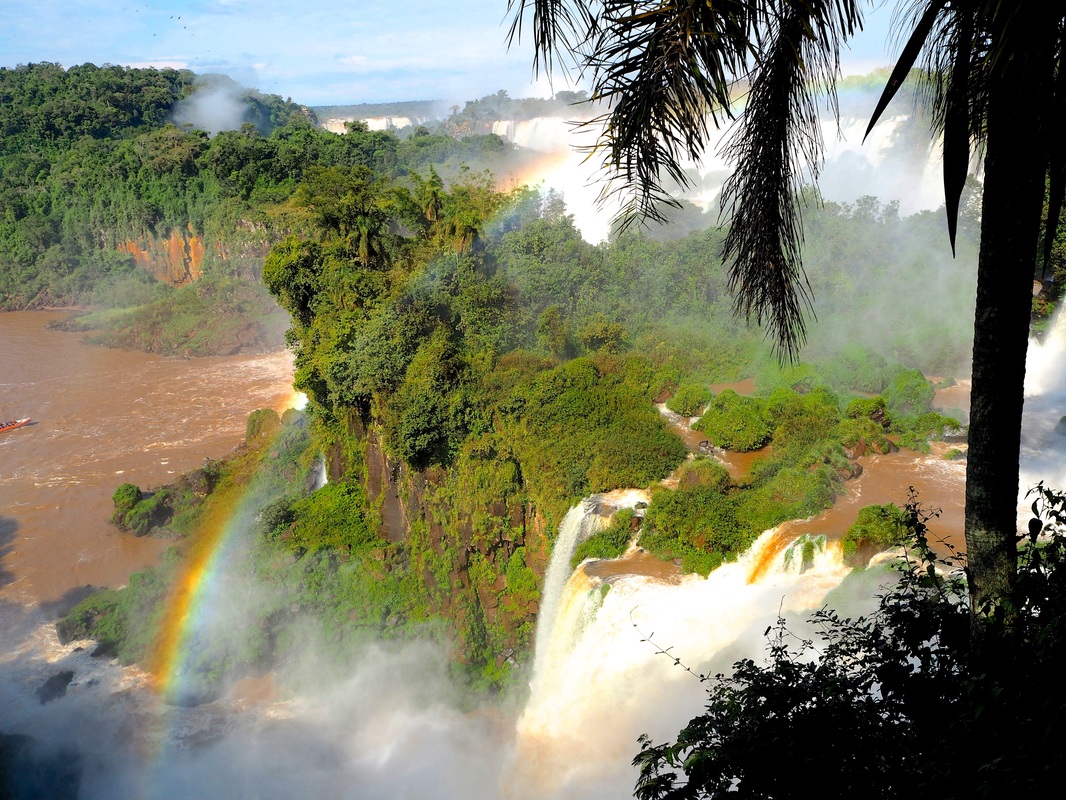
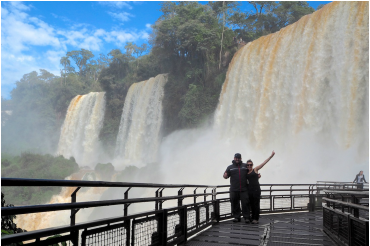
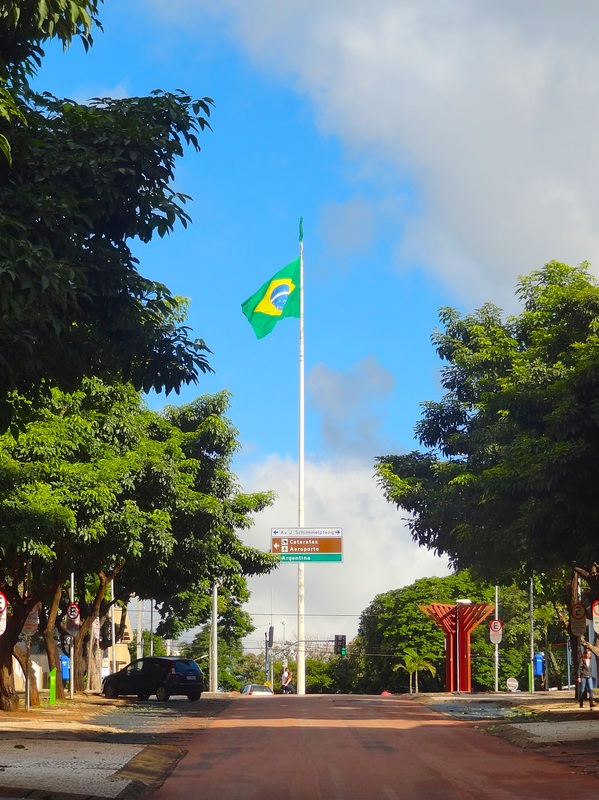
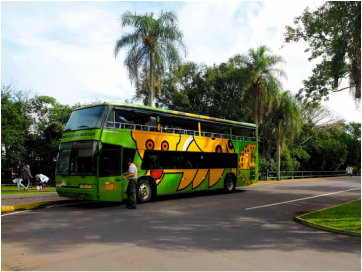
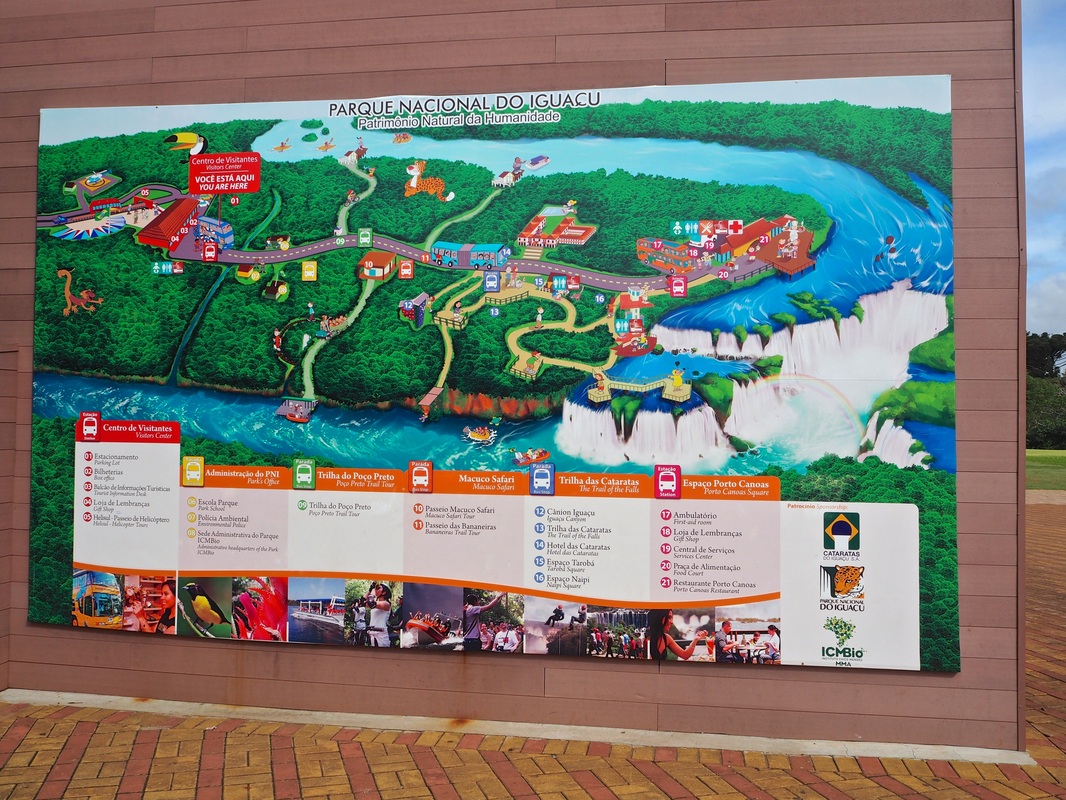

 RSS Feed
RSS Feed